
The internet has become an integral part of our daily lives, revolutionizing how we communicate, access information and conduct business. It has evolved over several decades, starting from humble beginnings as a research project and evolving into a global network that connects billions of people worldwide. This article presents a timeline of the Internet’s evolution, highlighting key milestones that have shaped its development.
The birth of ARPANET (1969)
The United States Department of Defense created the Advanced Research Projects Agency Network (ARPANET) in the late 1960s, which is when the internet first emerged. Thanks to ARPANET, research institutions and universities can communicate and share data more easily today. The first message sent via ARPANET on Oct. 29, 1969, was a crucial turning point in the development of the internet.
TCP/IP and the birth of the internet protocol suite (1970s)
The transmission control protocol/internet protocol (TCP/IP) is a protocol framework created in the 1970s that laid the groundwork for the current internet. TCP/IP offered a set of uniform guidelines for sending and receiving data packets across networks, allowing various kinds of computers and networks to communicate without any problems. This innovation gave rise to the internet protocol suite, which serves as the foundation of the internet.
Usenet and email’s development (1980s)
The internet saw considerable breakthroughs in communication technologies during the 1980s. During this period, email — a crucial element of contemporary online communication — was developed. It improved worldwide connectedness by enabling users to send and receive electronic messages through networks. A distributed discussion system called Usenet was also created, allowing users to participate in newsgroups and exchange information on a variety of subjects.
The World Wide Web (1990s)
With the creation of the World Wide Web (WWW), the 1990s were a transformative decade in the history of the internet. British computer scientist Tim Berners-Lee first proposed a system of linked hypertext documents accessible via the internet.
In 1991, the first web page was published, and by 1993, web browsers like Mosaic and Netscape Navigator had been created, making it more user-friendly to navigate the web.
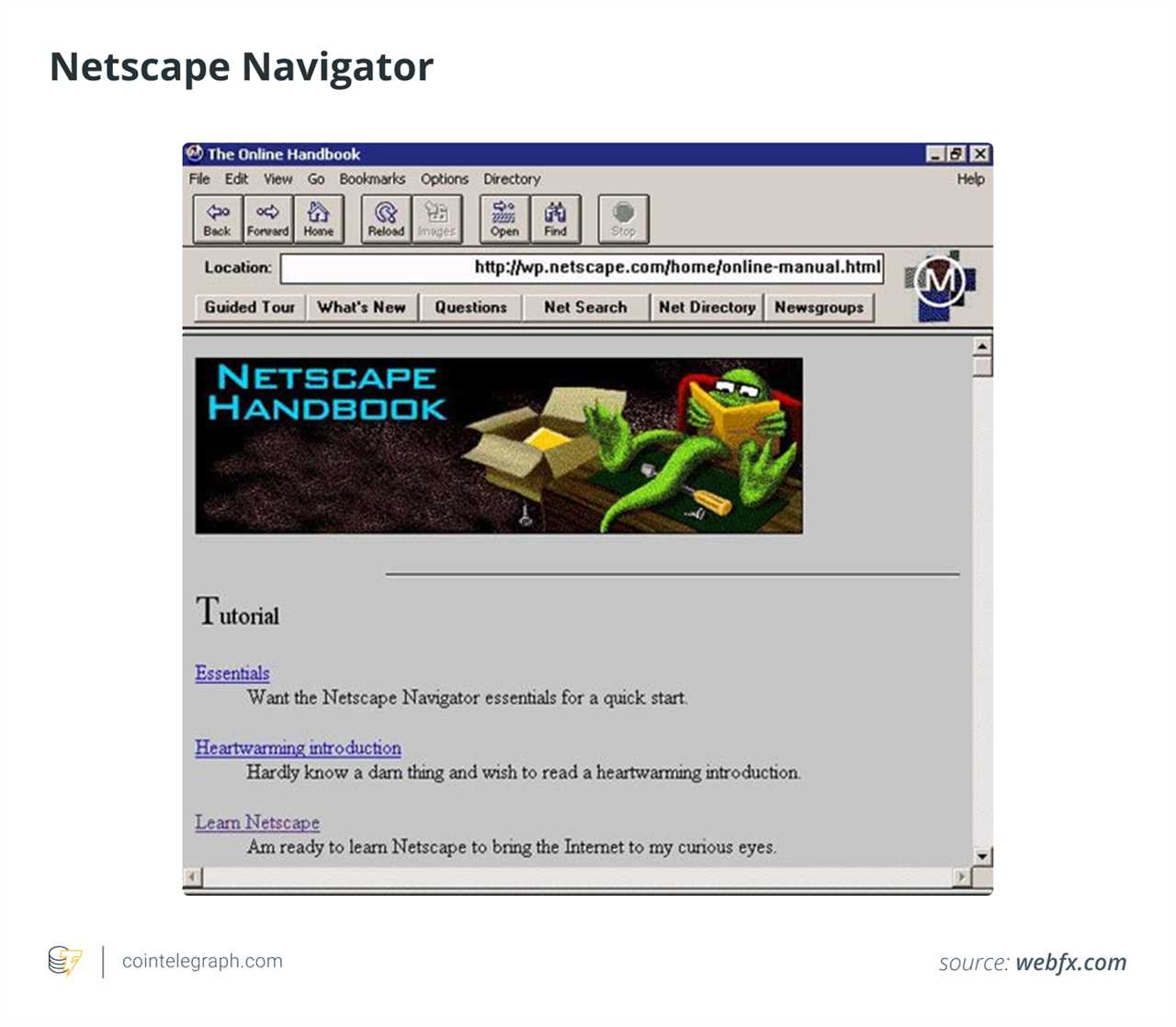
The advent of search engines, such as Yahoo and Google, further improved online information discovery.
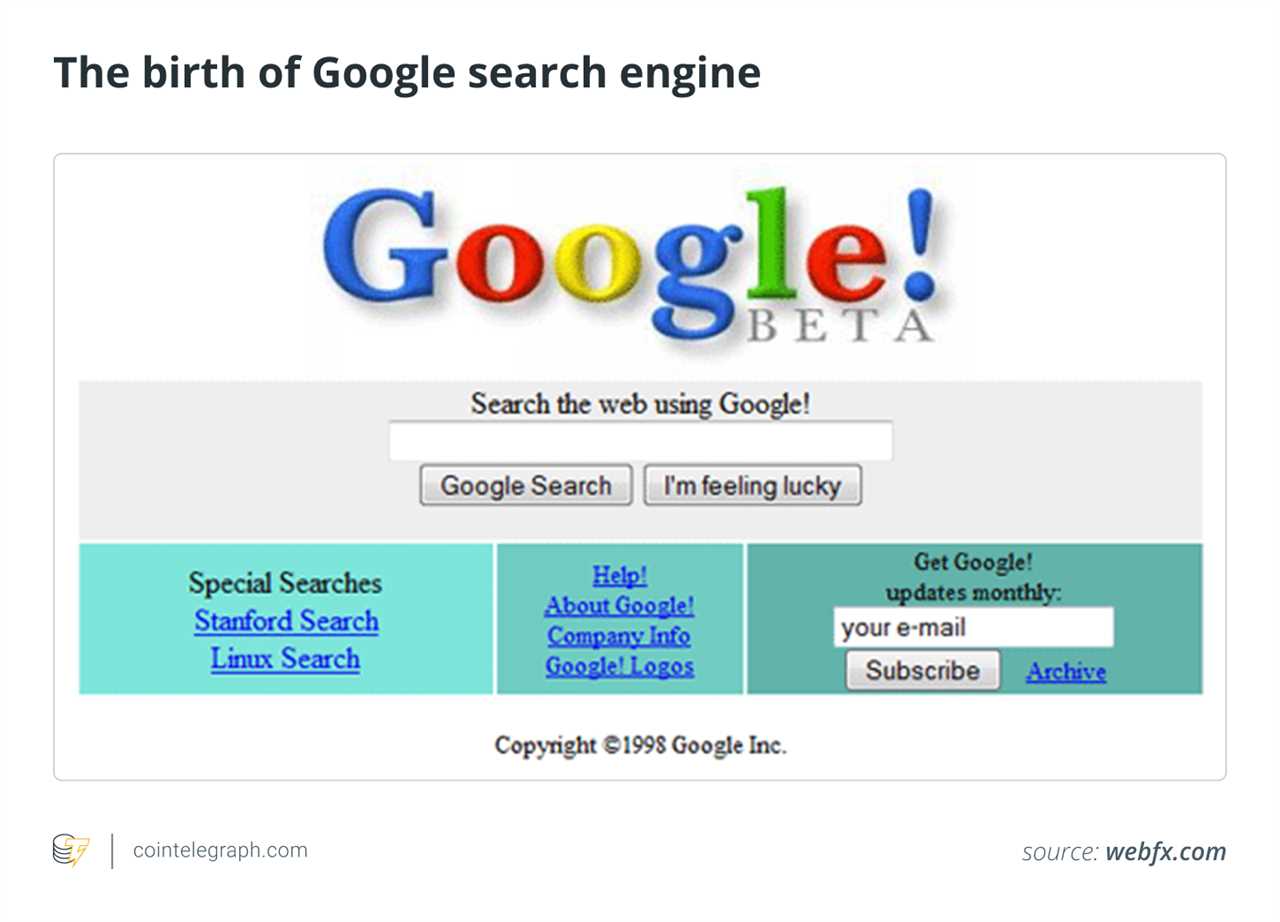
E-commerce and the dot-com boom (late 1990s)
The dot-com boom — a time of explosive growth and investment in internet-based businesses — occurred in the late 1990s. E-commerce flourished during this period, with big players in online retail emerging, like Amazon and eBay. Advancements in web technologies and the widespread use of secure online payment methods fueled the expansion of online shopping, revolutionizing the buying and selling of goods and services.
The emergence of Web2 and social media (Early 2000s)
Social networking websites and the idea of Web2 came into existence in the 2000s. MySpace, Facebook (now Meta) and Twitter, among other websites, transformed online communication by enabling users to set up accounts, exchange information, and connect with people all over the world.
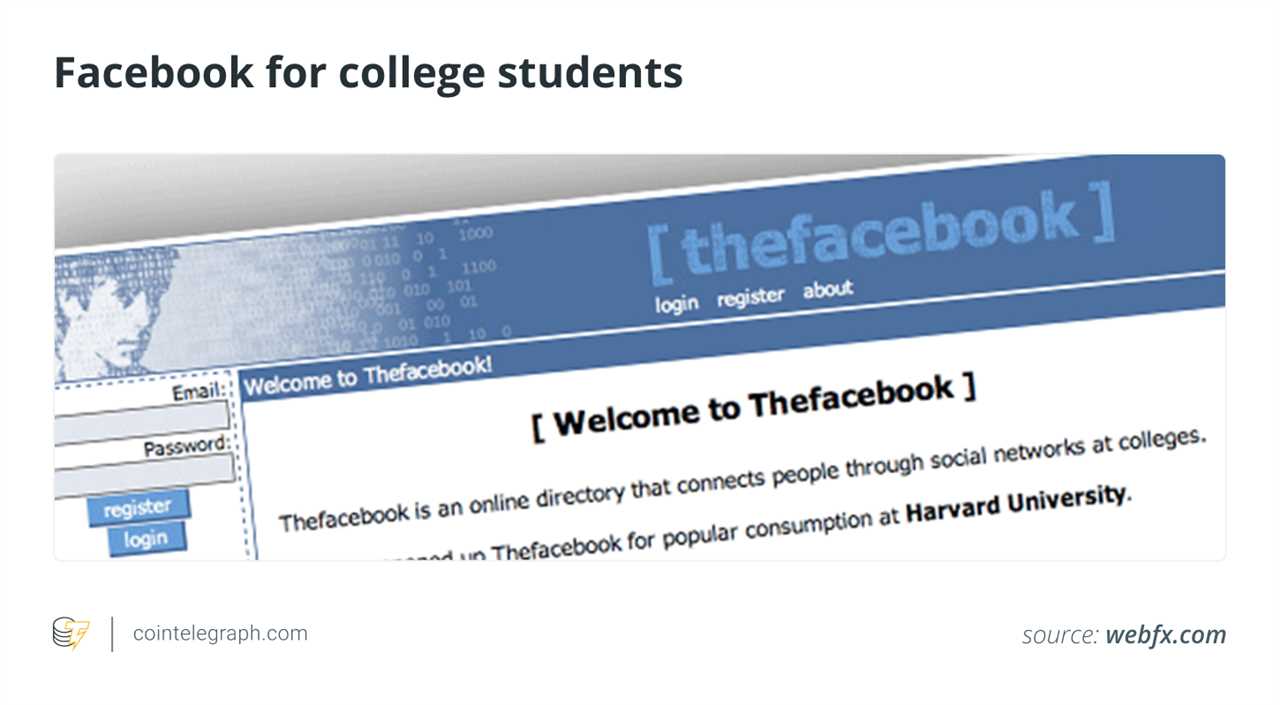
Web2 promoted user-generated content, interaction, and collaboration, making the online experience more interactive and dynamic. Additionally, cloud computing emerged in the early 2000s, providing scalable, adaptable computing resources to individuals and companies.
Remote data storage, access to processing power and the capacity to host applications were all made available by services like Amazon Web Services (AWS) in 2006.
The rise of internet beyond late 2000s
The internet continues to evolve rapidly, with technological advancements, connectivity and the integration of digital services into our daily lives. Here’s a brief history of the internet beyond the late 2000s:
Mobile internet and the app revolution (2010s)
- 2008: Apple’s App Store is launched, revolutionizing mobile app distribution.
- 2010: The proliferation of smartphones and mobile devices leads to the rise of the mobile internet.
- 2012: Google Play (formerly Android Market) was launched as the primary app store for Android devices.
- Mobile applications offer a wide range of services, including communication, entertainment, productivity and e-commerce.
First commercial transaction using Bitcoin
- 2010: The first commercial transaction using Bitcoin (BTC) occurred, marking a pivotal moment in internet history.
- May 22, 2010: The date is commonly known as Bitcoin Pizza Day, when Laszlo Hanyecz exchanged 10,000 BTC for two pizzas, highlighting the potential of cryptocurrencies in real-world transactions. This event showcased the disruptive power of digital currency and its ability to revolutionize traditional financial systems.
Expansion of broadband and high-speed internet
- Early 2010s: Broadband internet access continues to expand globally.
- Improved online experiences, faster data transfers and the ability to stream high-definition content.
The rise of social networking and messaging apps
- Late 2000s to early 2010s: Social networking platforms like Facebook and Twitter continue to dominate.
- 2010–2013: Messaging apps like WhatsApp (2010), WeChat (2011) and Telegram (2013) gain popularity, providing real-time communication and sharing capabilities.
Cloud computing and storage
- Early 2010s: Cloud computing becomes increasingly prevalent.
- 2006: AWS offers scalable computing resources.
- 2010: Microsoft Azure and Google Cloud Platform enter the market.
- 2007–2012: Cloud storage services like Dropbox (2007) and Google Drive (2012) gain popularity, providing convenient file storage and synchronization.
Related: 7 real-world cloud computing examples to know
Internet of Things and connected devices
- Late 2000s to present: The Internet of Things (IoT) has continued to grow since its inception in the late 2000s.
- Smart home devices, wearable technology, and industrial applications gain momentum.
- Interconnectivity enables automation, remote monitoring and data collection.
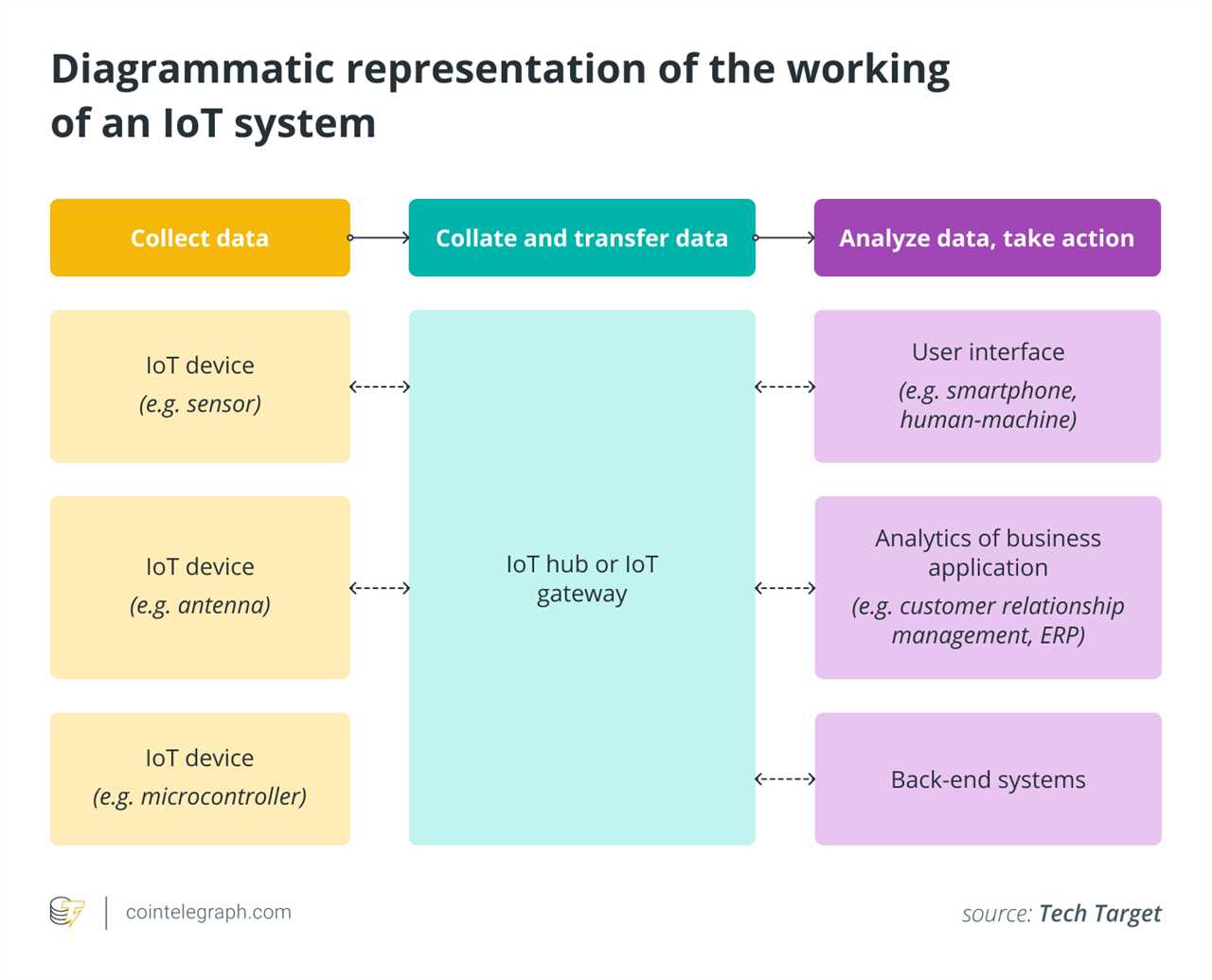
Streaming and on-demand entertainment
- Late 2000s and ongoing: Streaming platforms transform the entertainment industry.
- 2006: Amazon Prime Video was launched as Amazon Unbox.
- 2007: Netflix introduces its streaming service.
- 2008: Hulu launched a free, ad-supported streaming service, later introducing subscription-based plans. Spotify also introduced a music streaming service in the same year.
- 2015: Apple Music gained popularity.
- 2019: Disney+ gained popularity with its extensive library of Disney, Pixar, Marvel, Star Wars and National Geographic content.
Enhanced online security and privacy concerns
- Ongoing concern: Online security and privacy have become more prominent issues.
- High-profile data breaches and cyberattacks raise awareness about the importance of secure practices.
- Encryption technologies, secure protocols and multifactor authentication have become important tools to protect user privacy and data integrity.
Artificial intelligence and machine learning
- Ongoing development: Artificial Intelligence (AI) and machine learning advance.
- AI-powered chatbots and virtual assistants provide personalized user experiences.
- AI algorithms optimize search results, recommend content and enable voice recognition.
- Data analytics and AI-driven automation are transforming industries.
Related: 5 key features of machine learning
Expansion of 5G and next-generation networks
- Late 2010s and ongoing: The deployment of fifth-generation (5G) networks expands.
- 2019: Commercial deployment of 5G begins in select regions.
- 5G promises faster speeds, lower latency and increased network capacity.
- 5G enables emerging technologies like autonomous vehicles, virtual and augmented reality.
The rise of Web3
Gavin Wood, a co-founder of Ethereum, coined the term “Web3” in 2014, signaling a significant turning point in the internet’s development. Also, initiatives like Vitalik Buterin’s Ethereum, which offers smart contract functionality to develop decentralized applications (DApps), gained momentum. DApps, decentralized finance (DeFi) and nonfungible tokens (NFTs) all benefited from the development of a thriving ecosystem thanks to the Ethereum blockchain.
The decentralized autonomous organization (DAO), known as The DAO, grabbed headlines in 2017 for its cutting-edge decentralized governance experiment. Despite its difficulties and weaknesses, it established the framework for the concept of group decision-making via blockchain-based platforms.
The idea of Web3 evolved over time, moving beyond Ethereum. Other blockchain platforms with distinct features and focuses, such as Polkadot, Solana and BNB Smart Chain, have also appeared. These platforms promoted a competitive environment for Web3 development by addressing scalability, interoperability and developer experience.
Web3 also includes self-sovereign identification, in which people are in charge of their personal data and can choose to share it with others they can trust. Sovrin, uPort and SelfKey are a few examples of decentralized identification protocols leading the way for a more user- and privacy-centric internet.
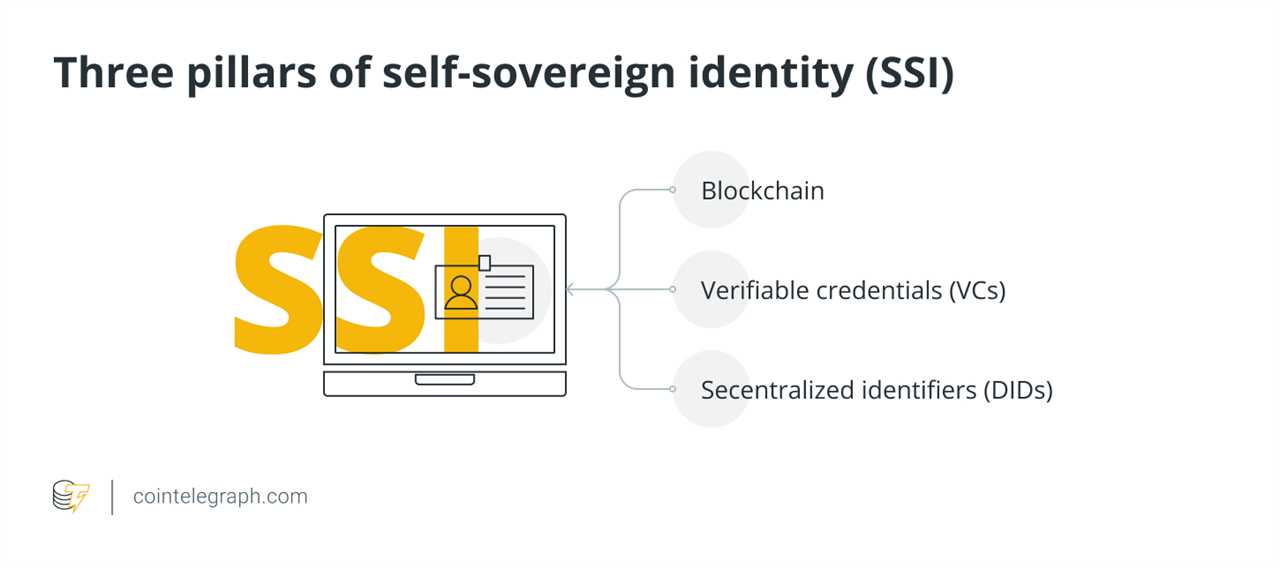
Growing demands for data privacy, ownership and transparency align with the emergence of Web3. Users are now more conscious of the value of their own data and the dangers of centralized platforms. By providing options that promote privacy and give users control over their digital lives, Web3 technology empowers people.
Additionally, Web3 has experienced rising popularity in the area of digital collectibles and art via NFTs. Blockchain technology has enabled these one-of-a-kind tokens to provide verifiable ownership and provenance for digital goods. This has revolutionized the art market, giving producers and collectors new opportunities.
With continued attempts to enhance scalability, usability and interoperability, Web3’s journey is far from over. As the movement picks up steam, it challenges the conventionally centralized paradigm of the internet, while imagining a future when users will have more sovereignty over their data, privacy and decision-making.
The future of the internet
The internet’s future is incredibly promising in terms of revolutionary developments. The internet will become increasingly ingrained in our lives due to the continued development of technologies like AI, 5G networks and the IoT, with faster, more dependable connectivity, enabling seamless communication and immersive experiences.
People will have more control over their data and online experiences in Web3 and decentralized technologies. Privacy and cybersecurity will become more and more crucial as the digital world develops, necessitating stronger security measures. The future of the internet is full of promise for innovation, connectivity and a digital environment open to all users.
Title: A brief history of the internet
Sourced From: cointelegraph.com/news/a-brief-history-of-the-internet
Published Date: Wed, 28 Jun 2023 13:07:00 +0100






